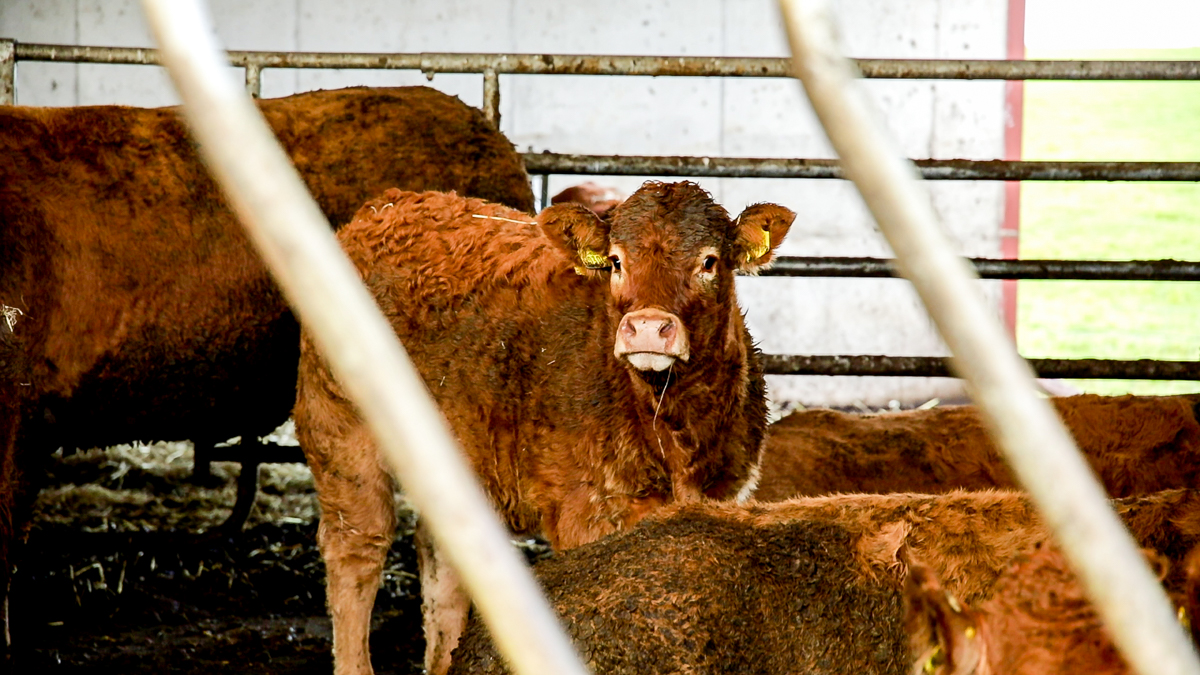The National Fodder and Food Security Committee (NFFSC) has heard that some drystock farmers in the west and northwest of the country are coming under pressure for silage.
Alan Dillon, from the Teagasc drystock team, said as stocks tighten there has been more silage moving between farms over the past 10 days.
He said that the fodder situation was already “getting fairly bad” in parts of the south, but added that problems are localised.
The committee heard that there are still silage stocks available in some areas of the country.
Fodder
The comments came as Minister for Agriculture, Food and the Marine Charlie McConalogue today (Tuesday, April 9) announced the introduction of a new Fodder Transport Support Measure.
The minister said that the new scheme would be operated through the co-op network around the country as it is needed by farmers from today.
Differing subsidy rates will apply for hay, fodder beet, straw and silage for feeding, which has to be transported over 75km to come to a co-op for distribution to farmers.
Dillon said that on/off grazing is not an option for many drystock farmers, especially where holdings are fragmented.
He said that “some significant damage” has been done to some fields which will impact on grass supplies in the second grazing rotation.
He also told the NFFSC that slurry storage is becoming “a big problem” on a lot of farms.
“If we don’t get a significant dry spell very soon now there’ll be big questions to be answered as to how we’re going to handle this,” Dillon said.
Grazing
Dr. Joe Patton, the head of the Dairy Knowledge Transfer Department at Teagasc, said that some dairy farmers “have pushed through” and made grazing happen in “less than ideal circumstances”.
He urged farmers to try “some bit of grazing” during the day, if possible.
“Not everyone might believe that’s possible or that’s something we should be saying but at the same time the farms that have done have been benefiting from it,” he said.
He noted that some farmers have been hampered by infrastructure and not being able to access paddocks for grazing.
Patton said where dairy farmers are managing to get to grass it is adding around 0.1% in protein which is a cash benefit to farms.
He said that paddocks grazed in February have “recovered relatively well”.
Grass
Prof. Michael O’Donovan, head of Grassland Science at Teagasc, told the meeting that it is the first time he has seen average grass covers of over 2,000kg DM/ha in April in Ireland.
He said that a lack of grazing on farms due to poor ground conditions has impacted grass growth, which he would expect to be higher for this time of year.
According to data from PastureBase, he said that the average area grazed stands at 65%.
When farmers have got an opportunity to spread nitrogen (N) rates are back around 50% compared to normal.

O’Donovan said that many farms are attempting on/off grazing currently with cows getting 9-10kgs of grass, where possible.
He said that silage is getting short on farms, particularly in Kerry, Cork, Wexford and Waterford where some locations got 100mm of rainfall more than other parts of the country.
When conditions allow for grazing he advised farmers to target lower covers (1,400kg DM/ha) first to “get some control of the grass wedge”.
He reiterated that farmers should be aiming for an early harvest (May 15-20) for first cut silage.
O’Donovan told the NFFSC that the industry will have to target a second and even a third cut of silage this year.
